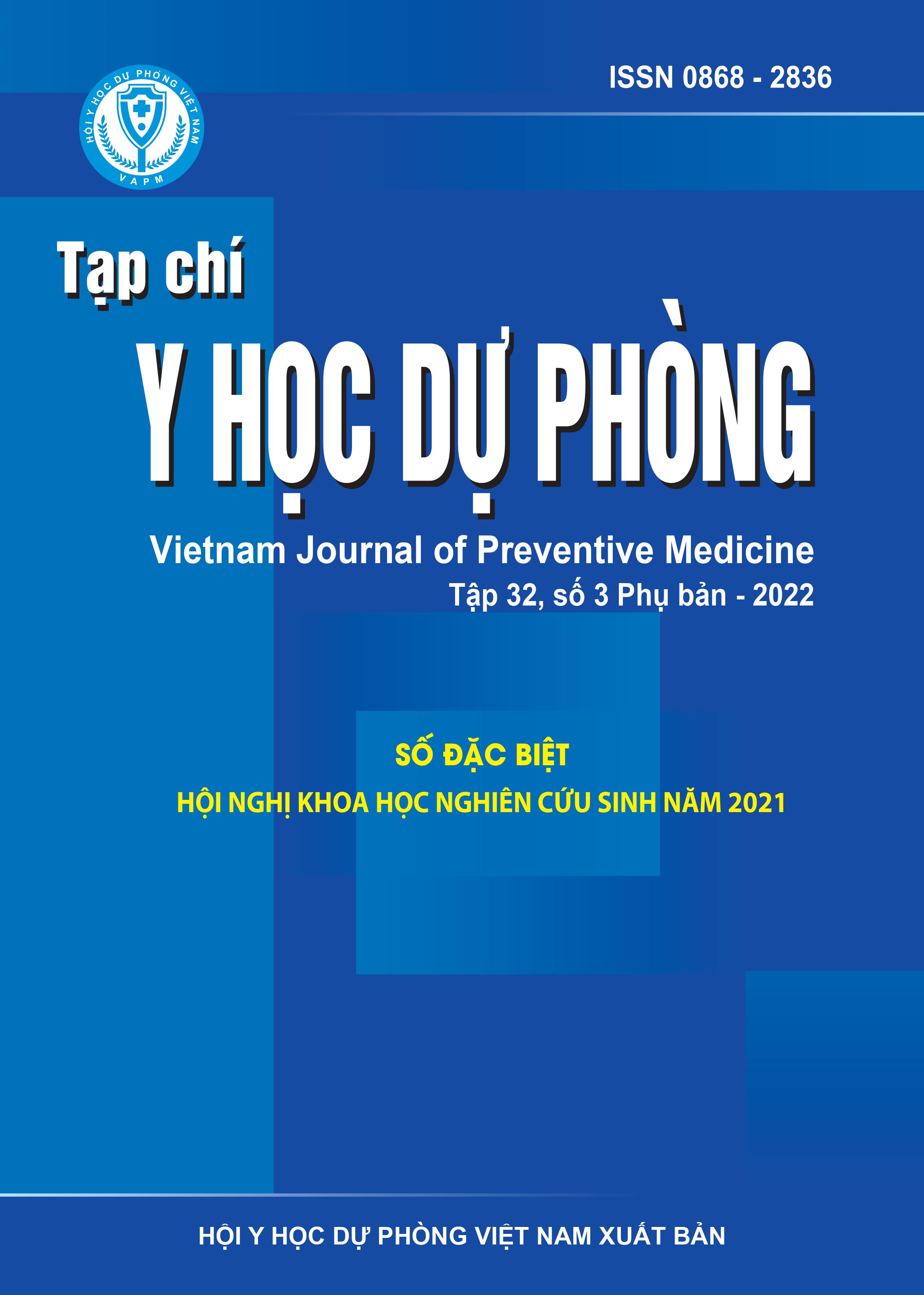Mental health status and related factors among individuals working at military COVID-19 quarantine facilities in 2020
DOI:
https://doi.org/10.51403/0868-2836/2022/664Keywords:
Depression, stress, anxiety, quarantined military campsAbstract
A cross - sectional study was carried on 550 serving personnel at 14 military quarantine camps in Nam Dinh, Thai Binh, Hai Phong, Hung Yen, Lang Son, Da Nang provinces, from June to September 2020, using the Depression Anxiety Stress Scale to describe mental health status and related factors. The prevalence of depression, anxiety, and stress were 2.7%, 6.6%, and 3.5% respectively. Factors associated with increasing the likelihood of being depressed include female, having a family history of psychological conditions, and family members being discriminated against. Anxiety was associated with having a chronic disease, being discriminated against, and living far away from home. An increasing risk of being stressed was associated with a family history of
a psychological condition, direct contact with quarantined people, and being discriminated against. By contrast, being quarantined could reduce the likelihood of being depressed, while having a SARS-CoV-2 test and having personal protective equipment (PPE) training prior to deployment could decrease the risk of being anxious. Several associated factors were found amongst staff facilities that could be modified
to improve their mental health.
Downloads
Downloads
Published
How to Cite
Issue
Section
License
Publication License No 150/GP-BTTTT signed on May 8, 2014;
Electronic Publication License No 322/GP-BTTTT signed on June 15, 2016.


